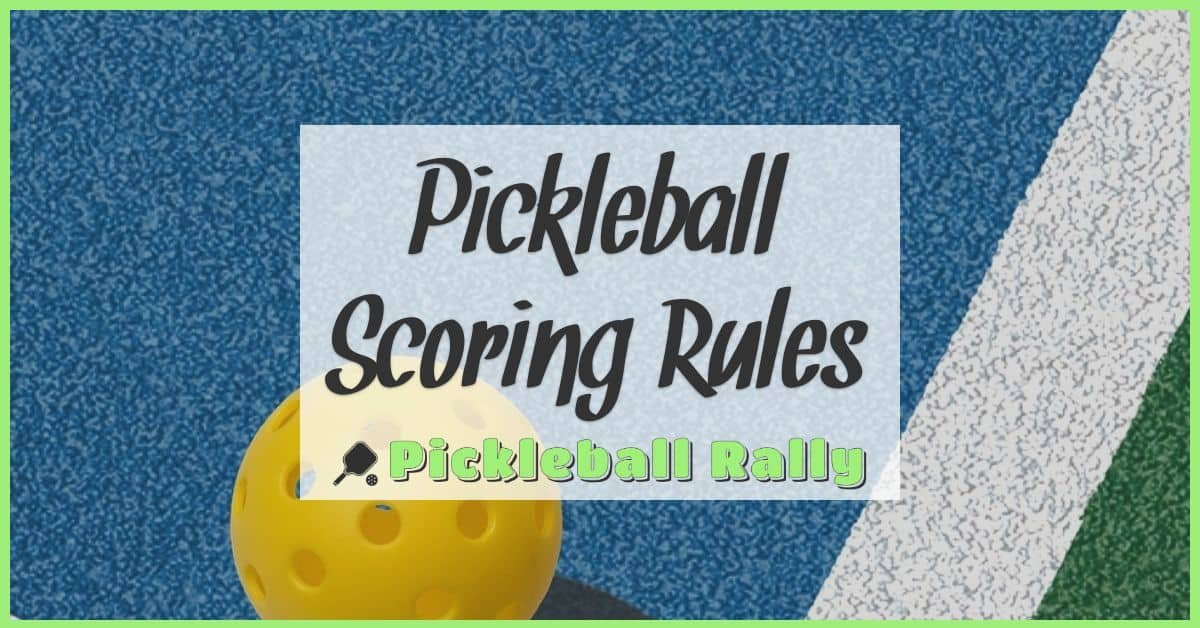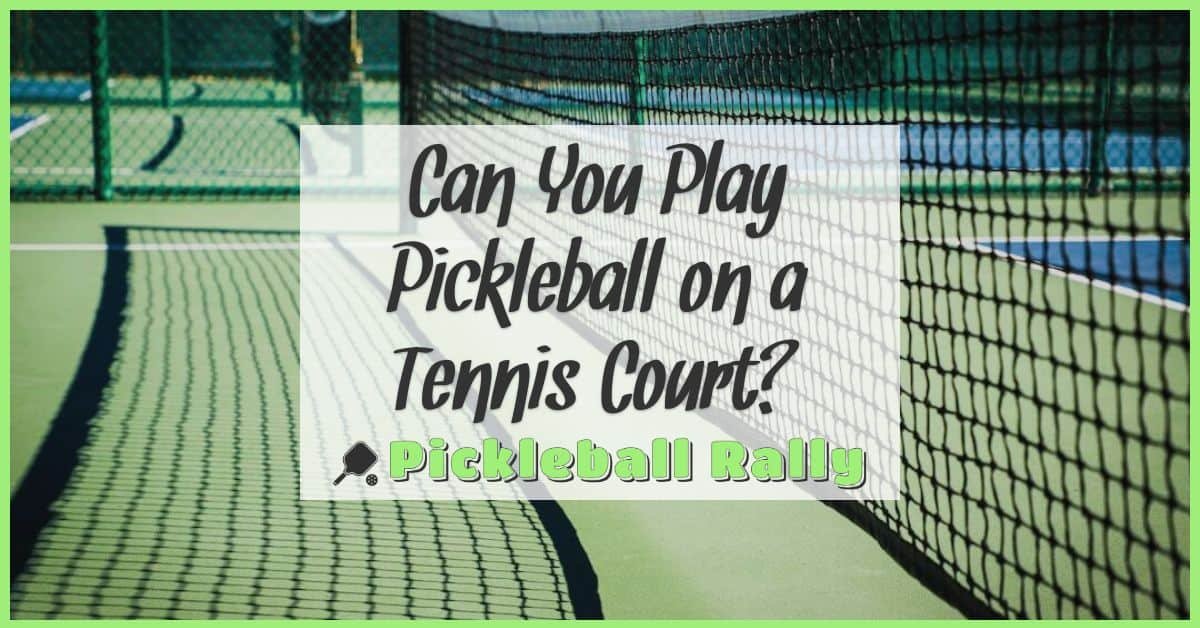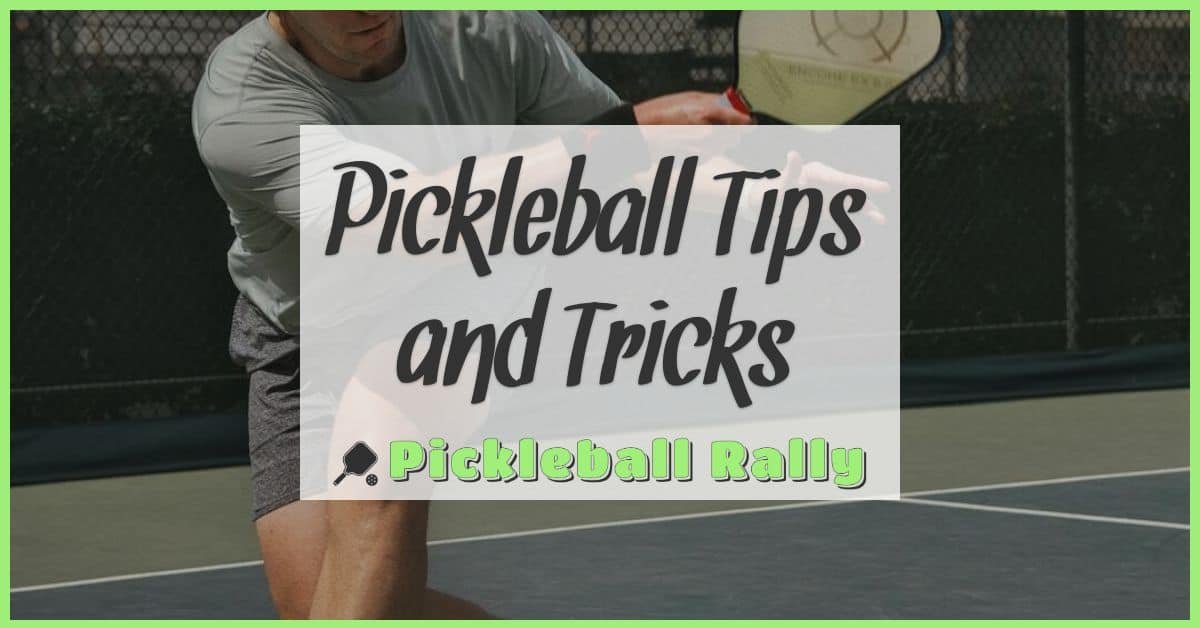Pickleball has been taking the world by storm, and it’s easy to see why. This fast-paced game mixes elements of tennis, badminton, and ping-pong, making it fun and accessible for players of all ages and skill levels. Whether you’re just starting out or looking to sharpen your game, understanding the rules is key to enjoying every match.
Overview of Pickleball
Pickleball stands out as a fast-paced and social sport that mixes elements from tennis, badminton, and ping-pong. Our passion for the game grows as we grasp its unique style and strategy.
What is Pickleball?
Pickleball is a paddle sport played on a badminton-sized court with a slightly modified tennis net. We rally using a perforated plastic ball, similar to a wiffle ball. Games happen in singles or doubles format, with doubles being more common. The objective is to score points by successfully hitting the ball over the net and into the opponent’s court without faults. Unlike tennis, points score only when serving. Strategy combines precision, placement, and quick reflexes. The game’s compact court and lighter ball make it accessible yet competitive for all skill levels.
Essential Equipment
Pickleball requires minimal equipment to start playing effectively. We rely on three primary items:
- Paddle: Made from composite or wood materials, paddles measure about 8 inches wide and 15.5 inches long. Composite paddles offer better control and power, favored in competitive play.
- Ball: A polymer ball with holes, designed for outdoor or indoor play. Outdoor balls have smaller holes for wind resistance; indoor balls have larger holes for better flight.
- Court: A standard pickleball court measures 20 by 44 feet, with proper lines marking service areas and non-volley zones (kitchen). Portable nets fold easily for setup and storage.
Wearing comfortable athletic shoes with nonslip soles improves movement and prevents injury. Using the right equipment enhances skill development and enjoyment during training and matches.
Pickleball Rules Cheat Sheet
We keep our pickleball games fun and competitive by sticking to clear rules. Knowing these basics sets us up to improve and enjoy every match.
Basic Rules and Scoring
We play on a 20-by-44-foot court measuring the same for singles and doubles. We score points only when serving, with games played to 11 points and a 2-point lead required to win. We serve diagonally, switching courts after each point. In doubles, partners alternate serving before side changes. Keeping track of the score with the server’s score first helps us avoid confusion.
Serving Regulations
We serve underhand, hitting the ball below waist level, and ensure the paddle contacts the ball below the wrist. Our serves must clear the 7-foot non-volley zone, aiming diagonally across the net. We stand behind the baseline during service without stepping on or into the court until the ball is struck. Each player gets one serve attempt, except at the start of the game where the first serving team gets only one serve total.
Faults and Violations
We call faults when the ball lands out of bounds, hits the net without clearing, or when players step into the non-volley zone to volley the ball. We avoid volleying in the non-volley zone until the ball bounces once on each side after the serve, following the two-bounce rule. Double faults, serving errors, or volley faults halt the point and transfer the serve. Staying aware of foot placement and ball trajectory keeps our games fair and smooth.
Key Tips for Playing Pickleball
Mastering key strategies and skills improves our game and enjoyment. These tips target beginners, doubles and singles players, and techniques for serve and return.
Strategies for Beginners
Focus on consistency by hitting deep shots that push opponents back. Use soft dinks near the net to control the pace. Prioritize positioning, standing ready near the kitchen line once the two-bounce rule concludes. Practice patience; avoid risky volleys early in rallies. Communicate clearly with partners to reduce confusion in doubles play.
Doubles vs. Singles Tips
In doubles, we cover the court using teamwork, moving side to side with our partner and maintaining net dominance to pressure opponents. In singles, court coverage matters more, requiring swift lateral movement and strategic use of angles to exploit openings. Stay patient and conserve energy by controlling pace regardless of format.
Improving Your Serve and Return
Develop an underhand serve that clears the non-volley zone with consistent placement targeting weaknesses. Mix in short and deep serves to vary pressure. When returning, aim deep to push servers back and force neutral positions. Use slice or topspin to add unpredictability and set up offensive opportunities.
Common Mistakes to Avoid
Overlooking the non-volley zone rule leads to frequent faults. Stepping into the kitchen while volleying immediately ends the rally. Ignoring the two-bounce rule causes early volleys that result in lost points. Rushing to volley without letting the ball bounce twice reduces control and consistency.
Holding the paddle too tight decreases touch and follow-through. Flipping the wrist during the serve often causes faults or weak shots. Neglecting communication with doubles partners creates coverage gaps on the court. Standing too close to the net without proper positioning invites lobs and makes it harder to react.
Forgetting to keep the serve low allows easy volleys for opponents. Aiming serves and returns toward the center of the court makes it easier for opponents to respond. Failing to vary shot placement removes opportunities to exploit opponents’ weaknesses. Not practicing footwork limits movement efficiency and court coverage.
Learning to avoid these common errors sharpens our gameplay and elevates the overall pickleball experience.
Conclusion
Pickleball is a fantastic way to stay active and have fun, whether we’re just starting out or looking to sharpen our skills. By keeping the rules in mind and practicing smart strategies, we can enjoy every rally and improve our game.
Let’s keep playing, learning, and sharing the joy of pickleball together. The more we play, the more rewarding the experience becomes!









